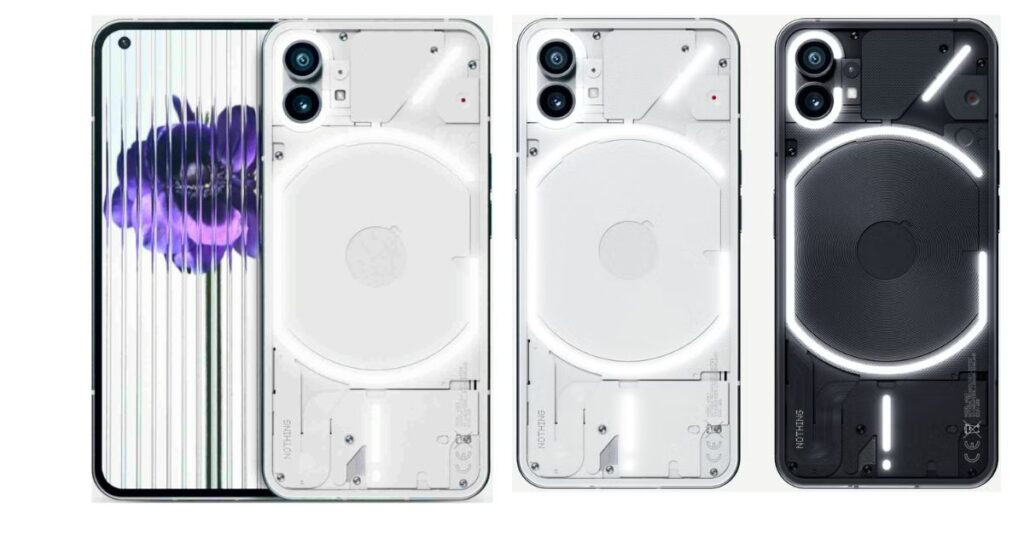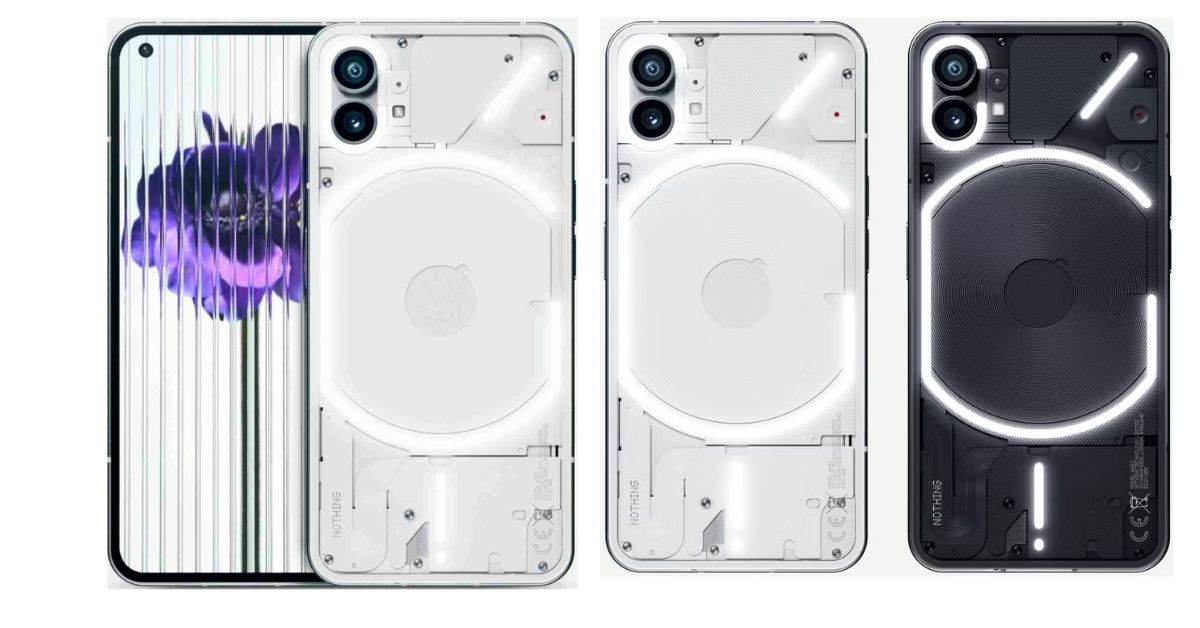The smartphone industry is constantly evolving, with manufacturers competing to offer cutting-edge features that redefine user experience. One standout in recent years is the Nothing Phone (1) — a device that combines futuristic design with practical innovation. With its unique Glyph Interface, a transparent back, and a minimalist aesthetic, this phone has attracted attention worldwide. This article delves into the core features, performance, and market positioning of the Nothing Phone (1), providing a detailed overview for consumers seeking something truly different.
Aesthetic Appeal: Transparent Design and Glyph Interface
The Nothing Phone (1) breaks the mold with a transparent back panel that reveals the internal structure of the device, setting it apart from conventional smartphone designs. What truly enhances its visual uniqueness is the Glyph Interface—an array of over 900 tiny LEDs embedded in the back.
These LEDs are not just decorative. They serve as functional elements for notifications, charging indicators, call alerts, and more. For example:
- The LEDs pulse when receiving a call or message.
- They indicate charging status with a progress bar animation.
- They sync with ringtones for a personalized experience.
This innovation helps users stay informed without constantly checking the screen, a small yet significant shift in user interaction.
Display and Visual Experience
The Nothing Phone (1) is equipped with a 6.55-inch OLED display featuring Full HD+ resolution (2400×1080 pixels) and a 120Hz adaptive refresh rate. This ensures smoother scrolling, responsive gaming, and a generally enhanced viewing experience. With HDR10+ support, users can enjoy vibrant colors and deep contrast, ideal for streaming content or browsing media.
Camera Features and Performance
The smartphone features a dual-camera system, carefully selected to focus on quality rather than quantity:
- 50 MP primary sensor (Sony IMX766) with optical image stabilization (OIS)
- 50 MP ultra-wide-angle sensor with a 114-degree field of view
These sensors allow for high-resolution photography, low-light performance, and video recording at up to 4K at 30fps. The front-facing camera is a 16 MP sensor, suitable for selfies and video calls.
With built-in AI scene detection and night mode, the device enhances images automatically, delivering professional-looking results without post-editing.
Internal Specifications and Software Experience
Under the hood, the Nothing Phone (1) is powered by the Qualcomm Snapdragon 778G+ processor, optimized for both performance and energy efficiency. This chipset, paired with 8GB or 12GB of RAM and 128GB or 256GB of UFS 3.1 storage, ensures smooth multitasking and responsive application use.
The phone runs on Nothing OS, a customized version of Android that emphasizes speed and simplicity. With minimal bloatware and fast updates, the user interface is clean, intuitive, and aligned with the company’s vision of openness and transparency.
Battery and Charging Capabilities
The device comes with a 4500mAh battery, offering reliable all-day performance for average users. It supports:
- 33W wired fast charging
- 15W wireless charging
- 5W reverse wireless charging
Charging is facilitated through a USB-C port, and the phone can charge to 50% in around 30 minutes with compatible fast chargers. The addition of reverse wireless charging allows users to power smaller devices like earbuds or smartwatches.
Durability and Build Quality
The Nothing Phone (1) features a recycled aluminum frame and Gorilla Glass 5 on both the front and back, making it durable and eco-friendly. It has an IP53 rating, offering limited water and dust resistance, suitable for everyday use.
Despite its transparent design, the build feels solid, and the frame resists bending or warping under pressure. However, it is advisable to use a protective case to safeguard the LEDs and glass back from damage.
Sustainability and Eco-Conscious Manufacturing
Sustainability is a central pillar of the Nothing brand. The company claims that the Phone (1) is made with over 50% of its plastic components from bio-based or recycled sources. The packaging is also entirely plastic-free, aligning with growing consumer demand for environmentally responsible products.

Pricing and Market Competitiveness
The Nothing Phone (1) is positioned in the mid-range smartphone segment, making it accessible to a wide demographic. Pricing typically starts at $399 USD, depending on the variant and region.
Given its premium design, reliable performance, and distinctive features, it competes directly with devices like the Google Pixel 6a, Samsung Galaxy A54, and OnePlus Nord series.
Pros and Cons Summary
Pros:
- Eye-catching transparent design
- Unique and functional Glyph Interface
- Smooth OLED display with 120Hz refresh rate
- Clean software experience
- Sustainable build
Cons:
- No official IP68 water resistance
- Limited customization for Glyph Interface
- No telephoto camera lens
Target Audience
The Nothing Phone (1) appeals to tech enthusiasts, style-conscious users, and consumers who value minimalism and innovation. Its features are particularly attractive to the younger generation seeking distinction in a saturated market.
Additionally, those who prioritize sustainability and ethical manufacturing may find the brand’s eco-conscious values appealing.
Conclusion
The Nothing Phone (1) is a refreshing addition to the smartphone market, offering both aesthetic innovation and solid performance. While it may not compete with flagship devices in every specification, its unique design, functional LED system, and clean software experience make it a standout option in the mid-range category.
As consumer interest grows in personalization, sustainability, and design-oriented technology, the Nothing Phone (1) successfully captures attention while providing real value. Whether for daily use or as a conversation piece, it introduces a new way to experience mobile devices.
